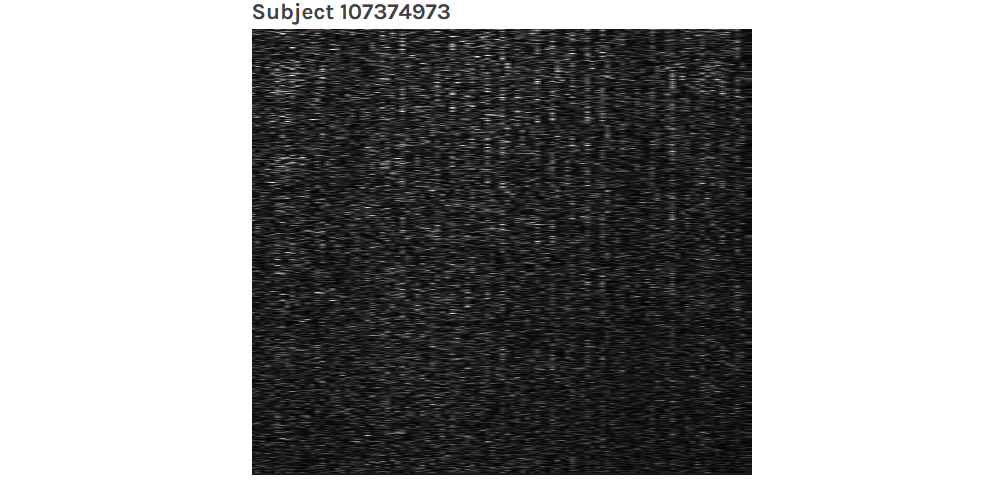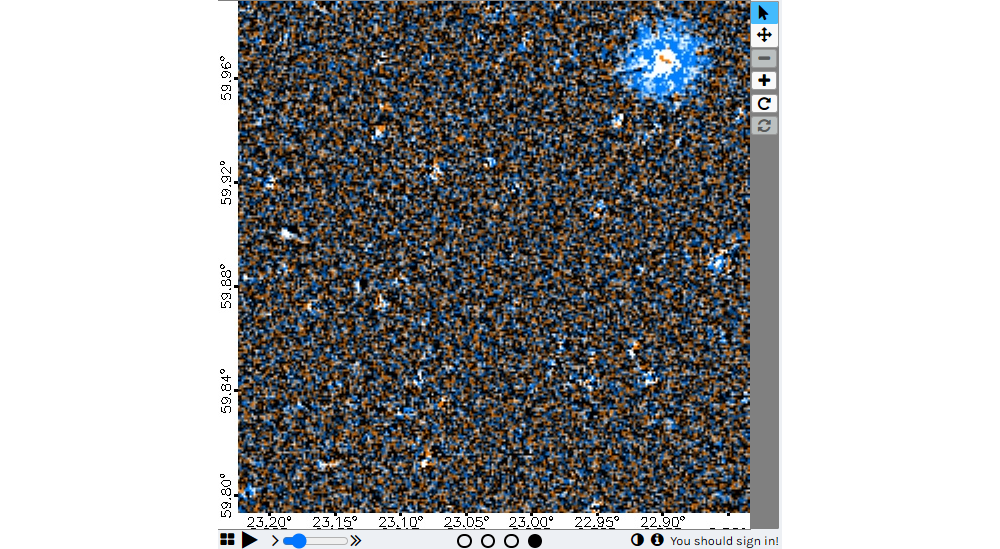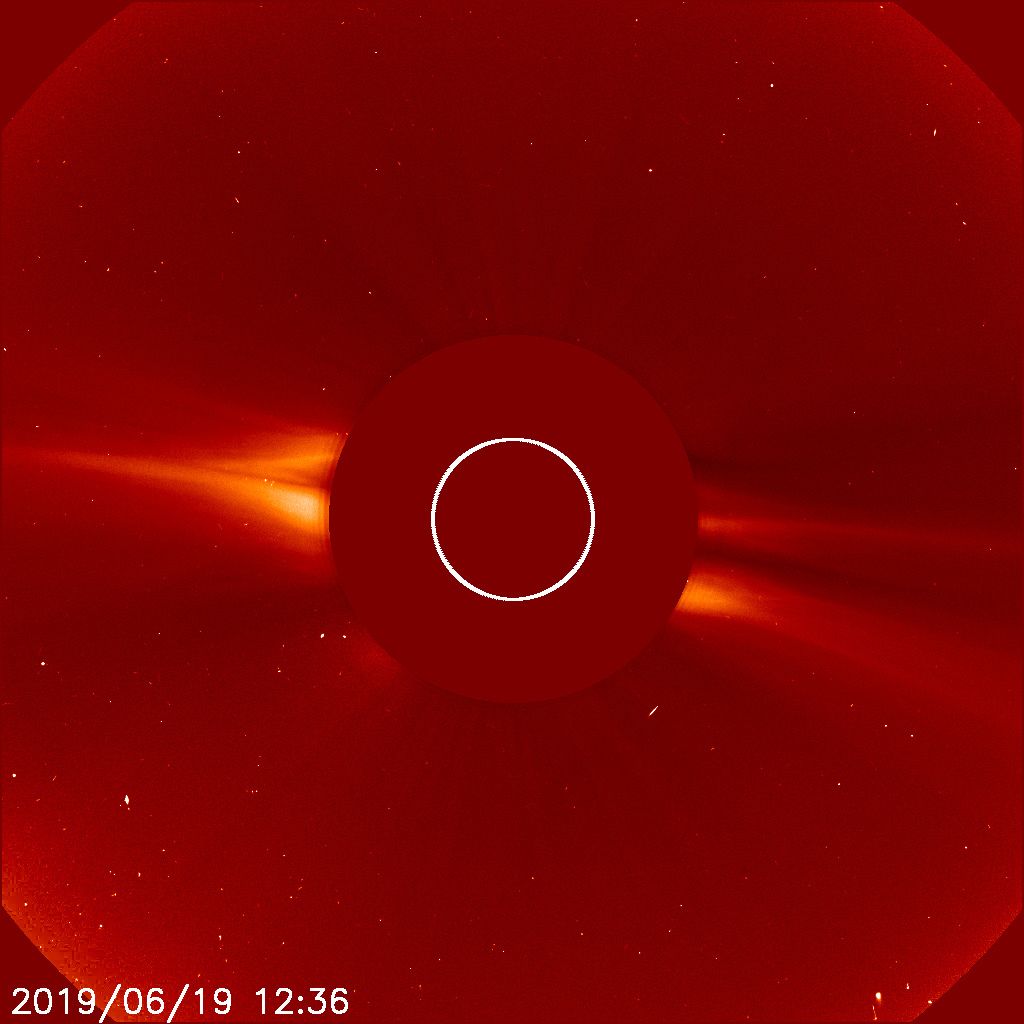If you’ve ever dreamed of leaving your mark on science, look no further: NASA has a citizen-science program that will let you contribute. Regardless of whether you want to study landslides, comets, or the most distant galaxies in the universe, all you need is a smartphone or PC and a bit of time.
Humans have dreamed about finding intelligent life elsewhere in the universe for hundreds or even thousands of years. Today, we have massive research facilities dedicated to surveying the cosmos for the faint signs of intelligent life elsewhere.

The Search for Extraterrestrial Life: Where Are We at Today?
How close are we to finding aliens? It may be sooner than you think.
However, you don’t need a PhD in linguistics or astrophysics to help. All you need to do is learn to recognize a few patterns, then you can get started helping scientists train the next generation of software for detecting extraterrestrial life.
Hunt for Another Planet in Our Solar System
The number of planets in the solar system has been a bit contentious for hundreds of years, but especially since Pluto was unceremoniously kicked out of the planet club in 2006. However, scientists believe there is a very real chance that another planet—between 4 and 10 times larger than Earth—is lurking in the far reaches of our solar system.
If you want to help in the search, NASA has a site that lets you churn through data from the WISE mission to identify objects.
Why Do Scientists Think There is Another Planet?
Not everyone is convinced that there is another planet in our solar system, but there is decent evidence to support the idea. The movement of the dwarf planet Sedna and other objects in the Kuiper asteroid belt hint that something is gravitationally tugging on them, but the planet is so distant that our telescopes can barely hope to see it.

8 Amazing Facts About the Dwarf Planet Pluto
Pluto makes up for its inability to clear its orbit by being so interesting otherwise.
Help Identify Exoplanets
We’ve only recently been able to detect exoplanets, and scientists are always delighted to find more. Thanks to NASA’s Exoplanet Watch program, you don’t even need your own telescope. You can get data from someone else’s telescope, then process and analyze it yourself.
The specific method used here is simple: when a planet passes in front of a star, the light from the star will decrease. Based on how long the transit takes, and how much the star dims, you can start to figure out how large the planet is and what its orbit might look like.
The same “transit method” can also sometimes show you something about an exoplanet’s atmosphere, which is exciting. Analyzing a planet’s atmosphere is the best way we have to determine if a planet supports life or not.
Measure the Expansion of the Universe
We’ve known the universe is expanding for about a hundred years, but the revelation in the 1990s that showed that the rate of expansion is increasing with time created one of the greatest scientific mysteries of all time. Why is the universe expanding, and why is the rate increasing? What piece of the puzzle are we missing?
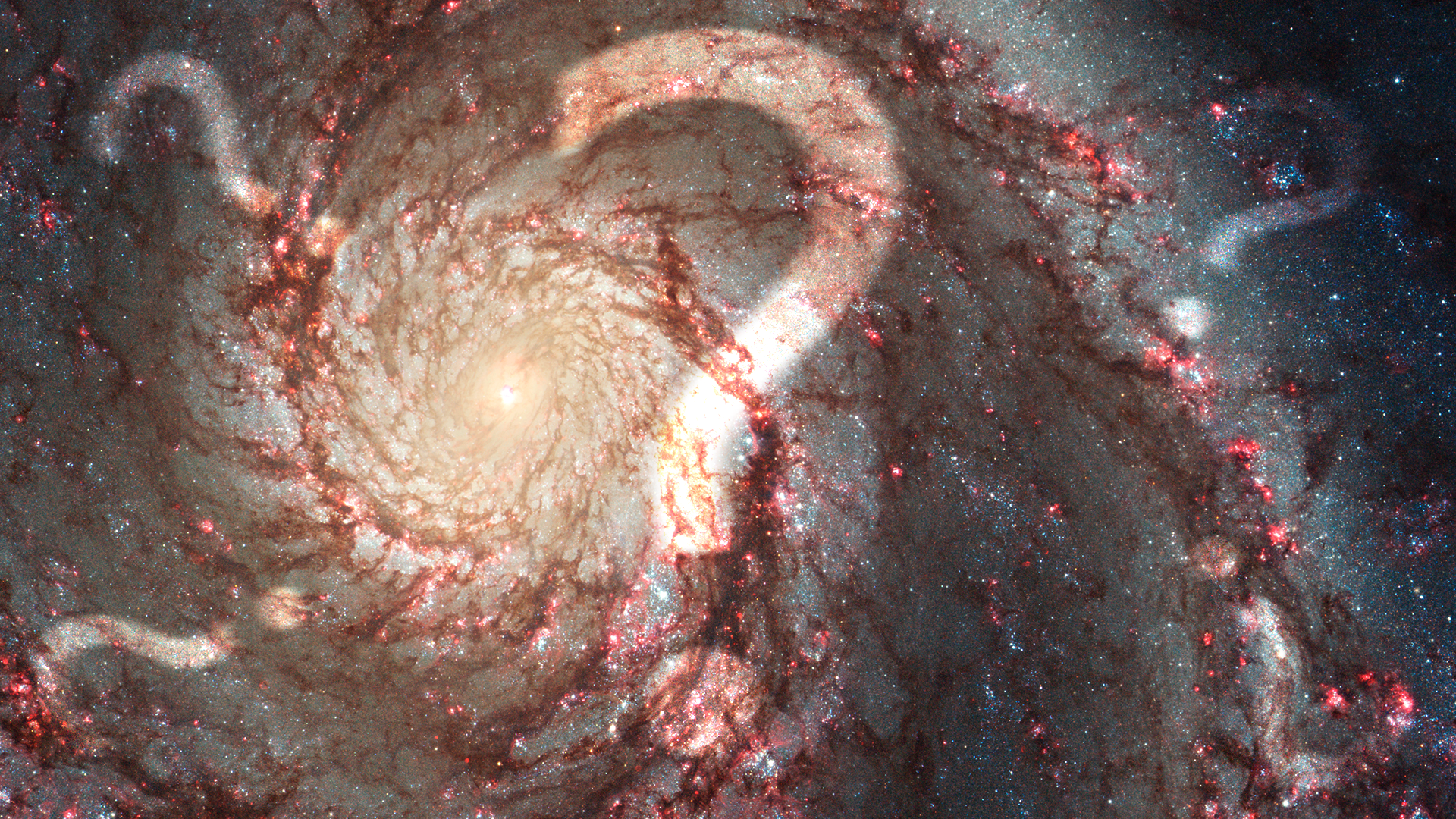
The 5 Biggest Cosmic Mysteries That Scientists Are Still Trying to Solve
We’ve only scratched the surface of what there is to know, and we may never get the full picture.
Today, astronomers use stars, supernovae, and the cosmic microwave background to study the expansion of the universe to work out answers, and you can too, thanks to the Dark Energy Explorer project!
You’ll be scouring data from the Hobby-Eberly telescope to pick out the faint signals of galaxies from the early universe.
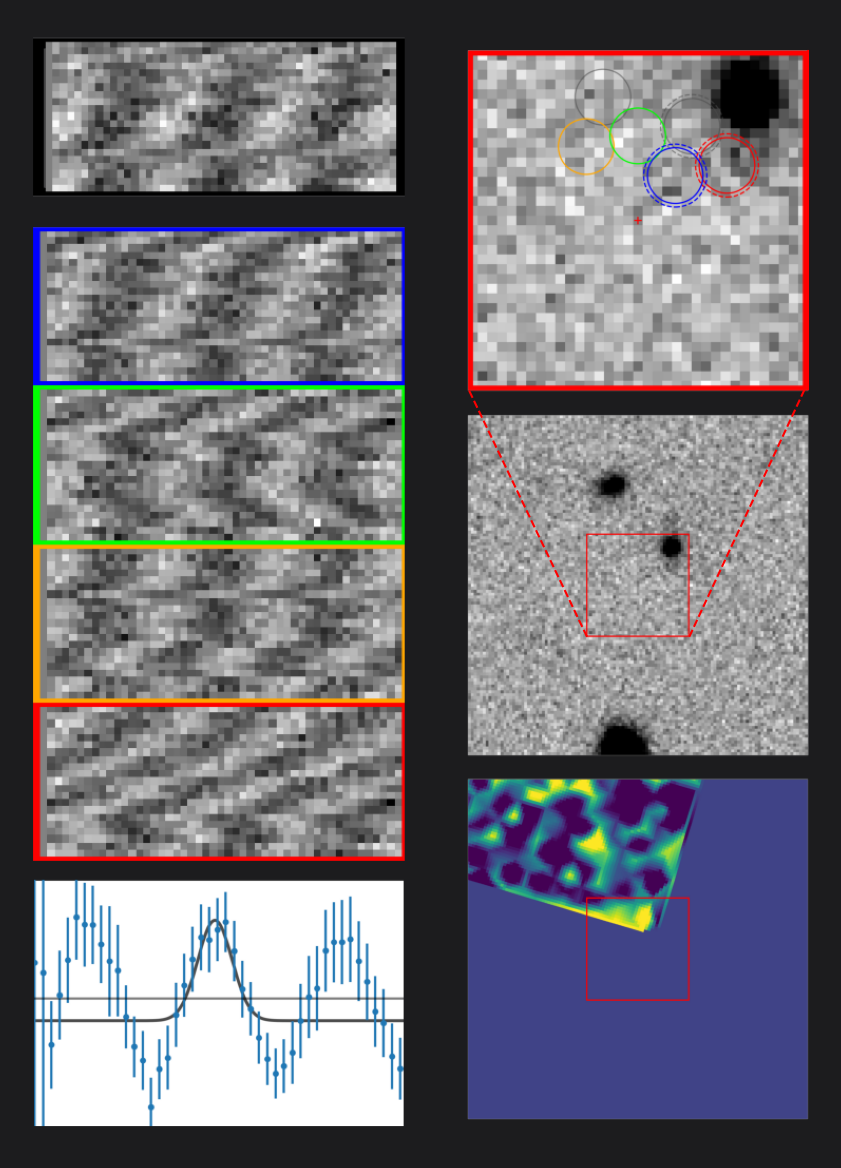
Discover Comets Grazing the Sun
The most famous comet is Haley’s comet, which appears regularly every 75 years or so. However, most comets aren’t so punctual, and many only appear once. Rarely, if we’re all very lucky, they turn into spectacular arcs that you can see with the naked eye.
This project has you analyze images from the Solar and Heliospheric Observatory (more commonly just called SOHO) and look for signs of a comet.
These aren’t the only projects NASA (and their partners) have to offer either. There are projects aimed at studying phenomena on Earth, like landslides, ice levels, and cloud cover, as well as other space-related tasks, like searching for dwarf planets or studying the atmosphere on Mars.
Regardless of your interest in science, they have something for everyone. And if you’re a student looking to get started, this is an excellent way to get an idea of what real science can be like.


